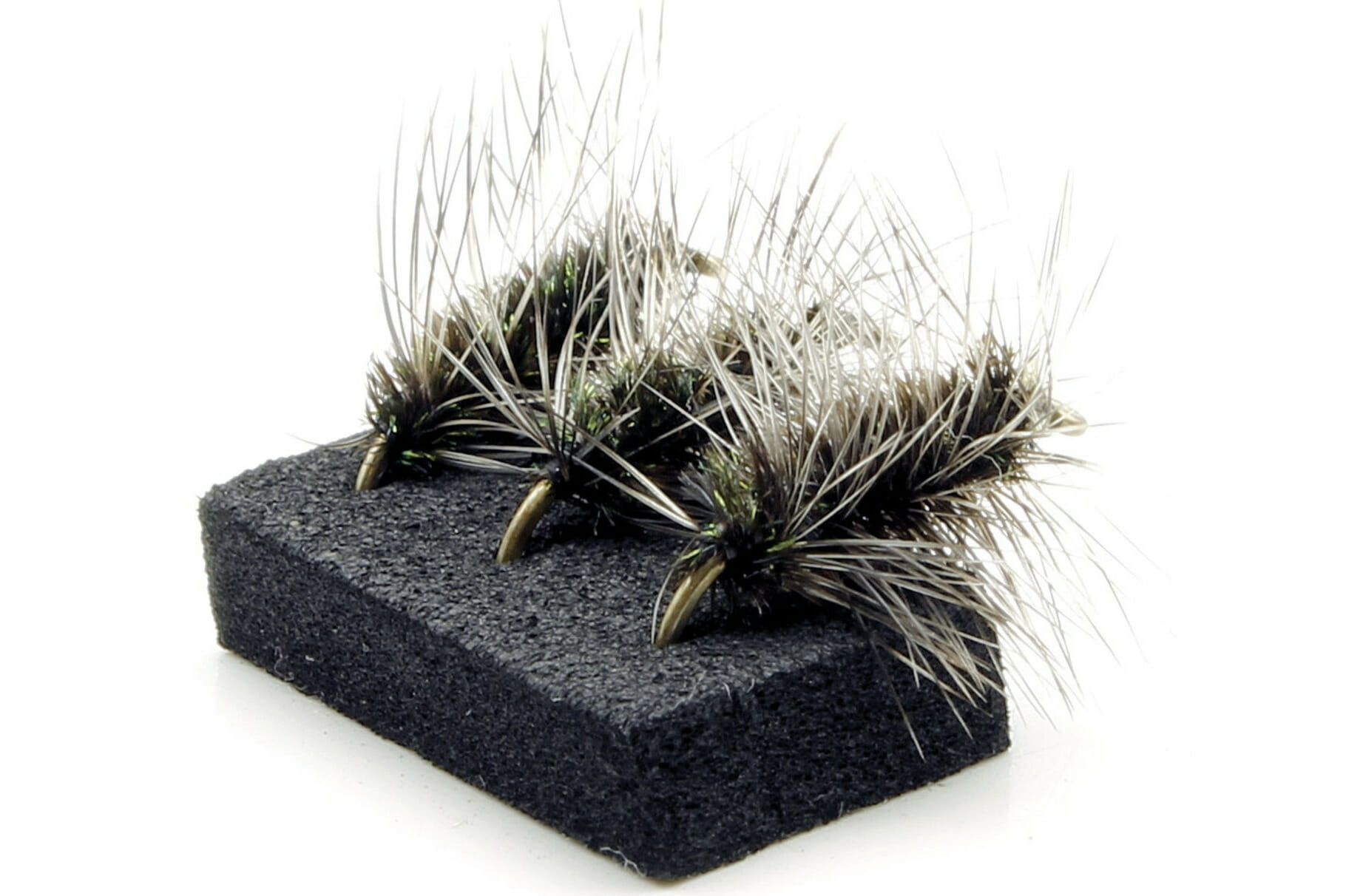The Griffith’s Gnat. LakeLand Fishing photo.
I popped into TroutHunter up in Island Park last weekend — the sun was shining and I just couldn’t stand the sight of the four walls of the home office anymore. I grabbed a half-dozen midge cluster patterns, some size 20 BWOs and wandered down to the lower Henry’s Fork to see if I could coax a trout or two to the top.
I’m not a big midge fisherman — they’re tiny and tough to see on the water, and because they come in such small sizes, hookups are always a bit tenuous. But, trout key in on them, particularly this time of year when things start to warm up a bit and before runoff really gets going.
When I fish midges, I like to tie in a larger dry fly about 18 to 20 inches above the midge pattern that rising trout are likely to hit (see the great primer from RIO above). Sometimes, if the water is really choppy, I’ll go obnoxiously big — like a Fat Albert or a Chernobyl. I don’t expect fish to hit those bugs, but I can see them and use them to help me locate the size 22 Griffith’s Gnat that’s trailing behind them. On calmer water, I’ll go with something less gaudy, like a size 16 Royal Wulff or even and size 14 Parachute Adams with a white post.
At the very least, even if I can’t see the tiny midge pattern, I can follow the bigger fly and initiate a hookset if I see a rise in the general vicinity of the trailer. If you’re like me, and your aging eyes are betraying you, this is a great way to fish tiny bugs during prolific midge hatches.



